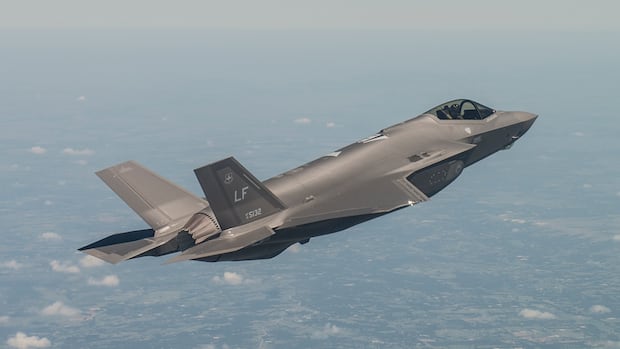[published_date]
China on Tuesday announced a preliminary anti-dumping duty on Canadian canola imports — a fresh escalation in a yearlong trade dispute that began with Ottawa’s imposition of tariffs on Chinese electric vehicle imports last August.
The provisional rate will be set at 75.8 per cent, effective from Thursday, the statement said.
China is the world’s largest importer of canola — also known as rapeseed — and sources nearly all of its supplies of the product from Canada.
“This is huge. Who will pay a 75 per cent deposit to bring Canadian canola to China? It is like telling Canada that we don’t need your canola, thank you very much,” said one Singapore-based oilseed trader.
China’s most active Zhengzhou rapeseed meal futures slid three per cent, the biggest daily drop since June 26.
The policy marks a shift from the conciliatory tone struck in June, when China’s Premier Li Qiang said there were no deep-seated conflicts of interest between the countries during a phone call with Canadian Prime Minister Mark Carney.
The Canadian Embassy in Beijing did not immediately respond to a Reuters request for comment.
“This move … will put additional pressure on Canada’s government to sort through trade frictions with China,” said Trivium China agriculture analyst Even Rogers Pay.
It also provides an opportunity for Australia, Pay added, which looks set to regain access to the Chinese market with a few test cargoes this year after a yearslong freeze in the trade.
Canadian canola exports to China totalled $5 billion in 2023, the last full year before the investigation began.
Last fall, China announced it would apply a 100 per cent tariff rate effective March on what the National Farmers Union said would affect “the portion of total canola produced which is crushed for export to China,” not canola seed imports.
The Saskatchewan-headquartered union said in March it was disappointed by the move, but also stressed that potential tariffs from the White House on all canola imports could be even more damaging given the “exponentially higher” volume in trade with the U.S.
Canadian farmers may end up caught in the middle of a political dispute, after China said it was opening an anti-dumping investigation into canola imports in response to Canada imposing a 100 per cent tariff on Chinese-made electric vehicles.
China, U.S. put tariff hikes on pause
Separately, China also launched an anti-dumping investigation into pea starch imported from Canada, which will last a year and could be extended for six months, it said in a statement.
Canada is a top exporter of peas in whole or split form, with Saskatchewan and Alberta as the largest producers; China, the U.S., India and Bangladesh are among the top buyers.
Last year, Canada was surpassed by Russia as the top exporter of peas to China. Russia’s market share in the 2023-24 agricultural season climbed to 49.1 per cent, as Canada’s fell to 44.6 per cent of China’s pea imports, from a dominant position of about 95 per cent in previous years.
Additionally, both Canada and the U.S. have accused China of dumping and subsidizing pea protein exports to North America in recent years.
The CurrentCanada and China are in a tariff tit for tat
Ottawa slapped big tariffs on Chinese-made EVs last month, and now Beijing has announced an anti-dumping probe of Canadian canola. Guest host Rebecca Zandbergen looks at what this all means for Canadian producers — and the country’s already fraught relationship with China.
Meanwhile, China and the U.S. late Tuesday each issued statements indicating the two countries would continue to negotiate on a new trade deal ahead of a deadline in which onerous new tariffs would have kicked in for both.
The pause prevents U.S. tariffs on Chinese goods from shooting up to 145 per cent, while Chinese tariffs on U.S. goods were set to hit 125 per cent — rates that would have resulted in a virtual trade embargo between the two countries.
It locks in place, at least for now, a 30 per cent tariff on Chinese imports, with Chinese duties on U.S. imports at 10 per cent.



